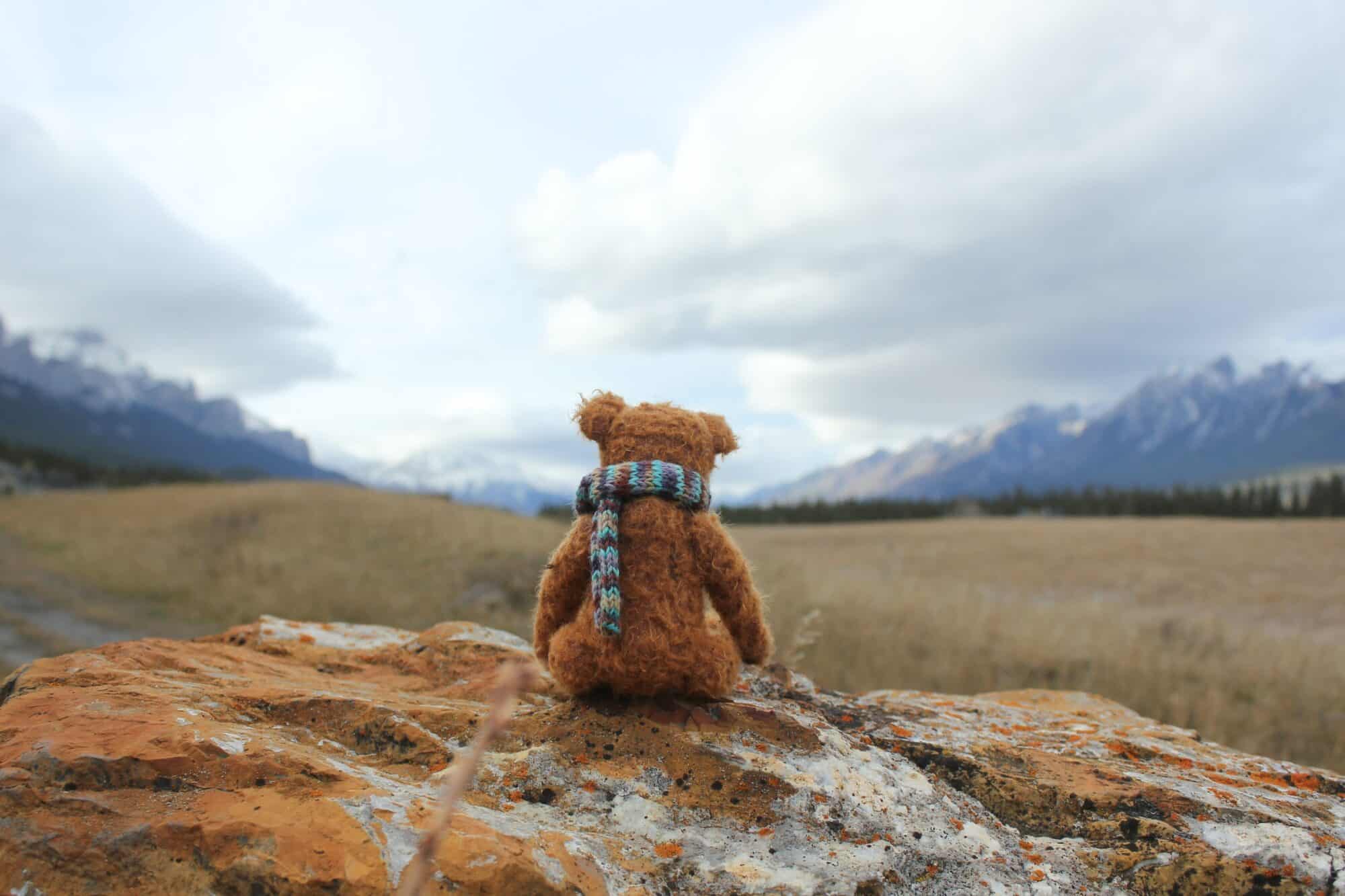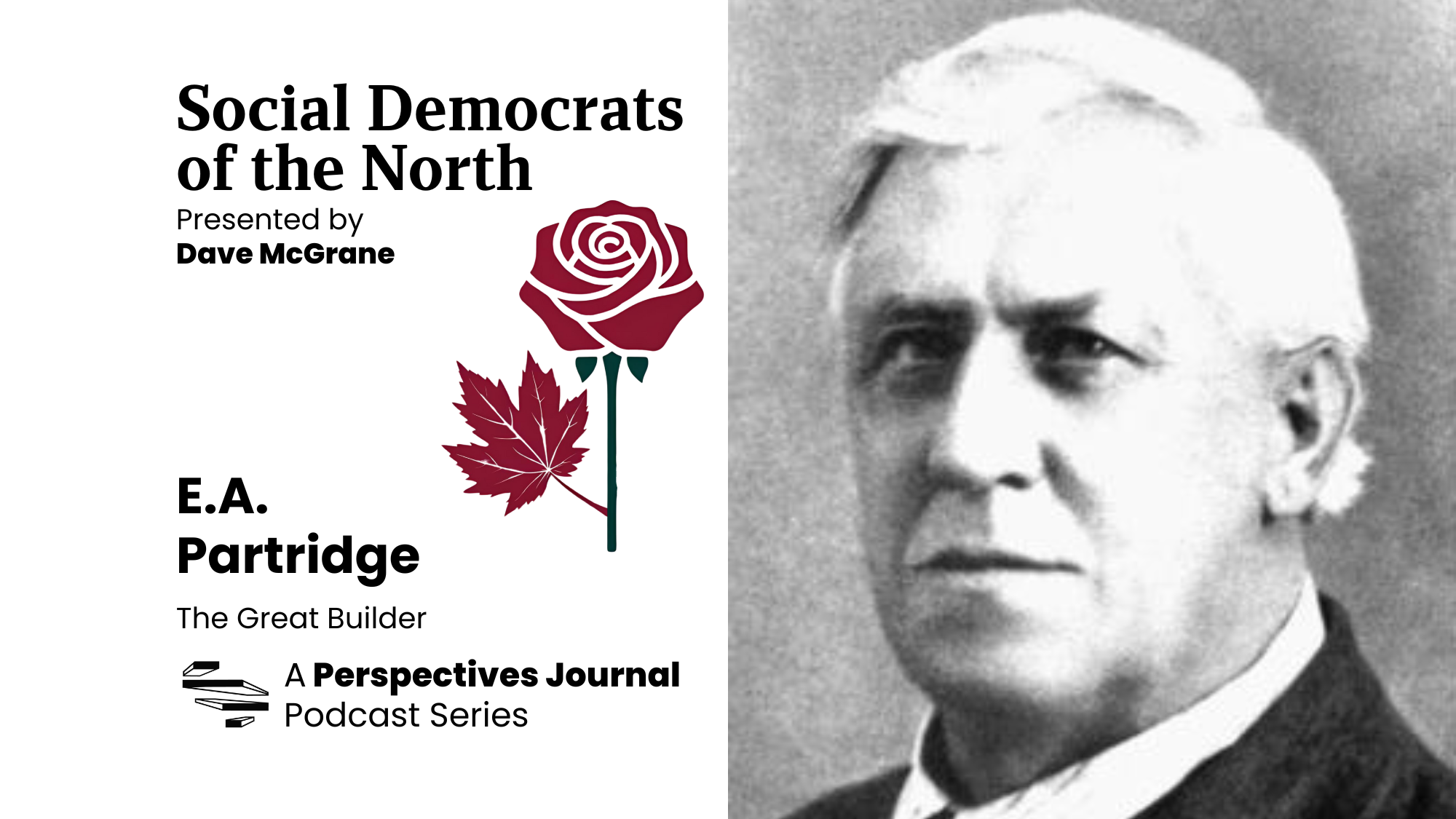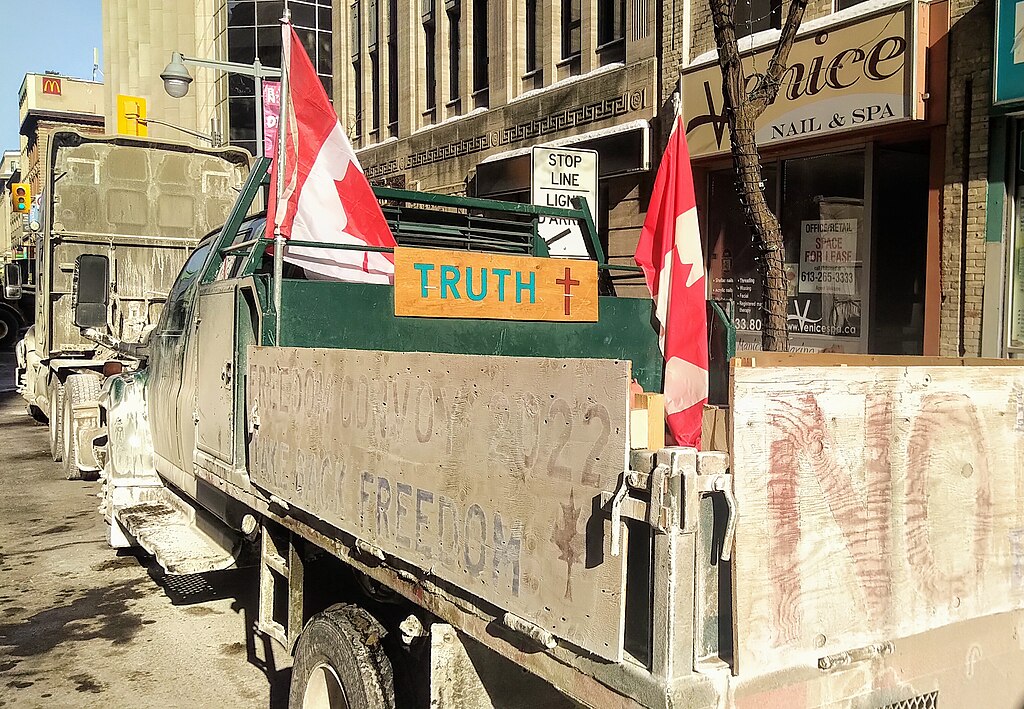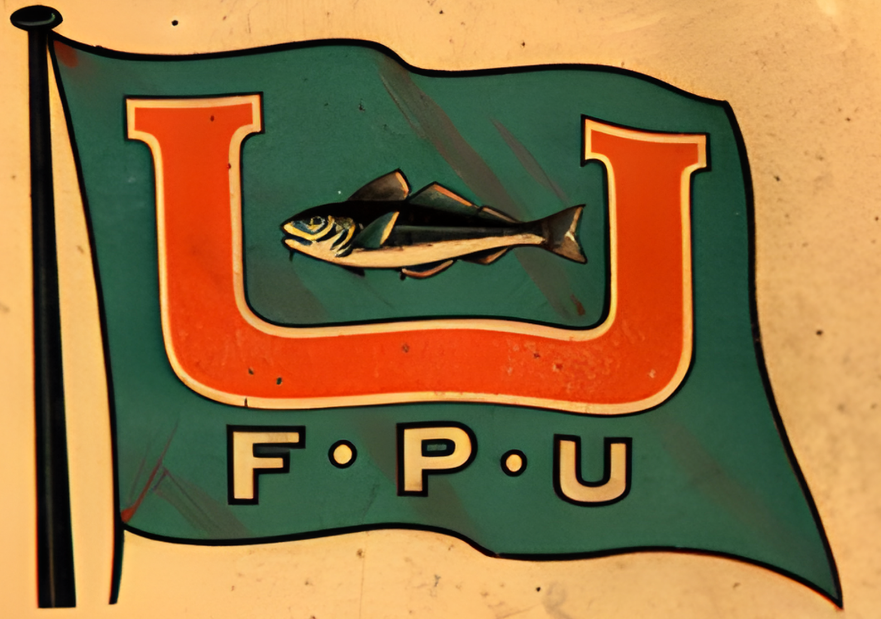The federal government knowingly discriminates against Indigenous children and their families. That discrimination is part of the colonial fabric that holds together Canadian political-economic development.
In what is now an infamous finding of the Canadian Human Rights Tribunal (CHRT), which ruled in January that the federal government “racially discriminates” against 163, 000 First Nations children and their families through the provision of flawed and inequitable access to child welfare and government services.
The Tribunal found that First Nations are adversely impacted by the provision (and in some cases denial) of child and family services by Indigenous and Northern Affairs Canada (previously Indian and Northern Affairs), and “race” or ethnic origin is a factor in those adverse impacts or denial.
In the face of the government’s inadequate response, the Tribunal is pressing the government to act now. Ottawa, though, has missed the initial deadline of mid-May. To better understand the Tribunal’s urgency in exposing and seeking to rectify the government’s deliberate discriminatory practices, some exploration of its findings is instructive.
The federal government is responsible for funding the provision of child welfare, education, and health services on reserves. Provincial and territorial child and family service legislation and standards apply on reserves. Yet even though the needs of Indigenous children and their families in relation to these services is far greater — due in no small part to the history of colonial laws and policies, legacy of residential schools, loss of language and culture, forced assimilation, land theft, and attempted genocide — the federal government has consistently and chronically underfunded these services when compared to their non-Indigenous, off-reserve counterparts.
The Tribunal found that, as currently funded and applied, Indigenous and Northern Affairs Canada and First Nations Child and Family Services incentivize and perpetuate the removal of children from their homes and communities; ignore the real child welfare situation in many communities; and fail to consider the actual service needs of First Nations children and their families.
According to a recent study, 50 per cent of First Nations children live below the poverty line (62 per cent in Manitoba and 64 per cent in Saskatchewan) and First Nations’ families experience poverty at a higher rate than any other population in Canada. Indigenous families are more likely than any other group in Canada to be poor, to have inadequate access to housing, to lack access to safe drinking water and adequate health care, and to die prematurely. And yet, First Nation children are denied equal access to health care supports and services, and receive significantly less per capita funding for their education and far less funding per capita once in care despite this greater need.
Underfunding racialized
According to Cindy Blackstock, Executive Director of the First Nations Child and Family Caring Society of Canada, which led the charge against the federal government, this is “racial discrimination by fiscal policy.”
The results of this racialized underfunding are stark: evidence suggests that First Nations children account for five per cent of all children in Canada, yet represent 30 to 40 per cent of all children involved in child welfare. They are six to eight times more likely to be taken into out of home care than their non-Indigenous counterparts.
According to the First Nations Caring Society, First Nations children spent 66 million nights in care away from parents, family and loved ones between 1989 and 2012.
Forced to leave their homes and communities to attend high school in far-off urban centres without anything close to adequate support or care, and where they often face racism and discrimination, First Nation children succumb to substance abuse, suicide, and are vulnerable to increased rates of rape and murder.
Indigenous and Northern Affairs has attempted to cover some of the funding shortfalls, internally reallocating hundreds of millions dollars of infrastructure money to education and family services. Internal documents indicate more than $500 million has been re-allocated away from infrastructure spending over the six years prior to 2013 — money that would otherwise have contributed to ensuring adequate housing and safe drinking water on reserves, a problem flagged by Auditor General Sheila Fraser in a 2008 Status Report.
Overcrowding, lack of adequate housing and unsafe drinking water, alongside poverty, are some of the most important factors affecting the health and welfare of Indigenous children and families. Attawapiskat, where children as young as nine make the sickening choice to take their own lives rather than face a world where their lives are so undervalued, has about 340 homes (80 of which have been condemned) for its 2100 residents. Indigenous communities like Attawapiskat across the north are facing housing shortages, drinking water contamination and suicide crises.
Wealth extraction
These conscious, deliberate, acts of discrimination perpetuated by the federal government are all the more unnerving when considered in relation to the enormous amounts of wealth extracted from Indigenous lands and resources: diamonds from Attawapiskat; uranium from Northern Saskatchewan; oil from the Alberta oil sands; perhaps soon gold, nickel and chromite from the James Bay lowlands.
While the federal government continues to underfund Indigenous families and children (Blackstock has blasted the inadequacy of the recent federal budget), wealth pours from their lands in taxes and resource rents, licensing fees and corporate profits.
According to the Mining Association of Canada, mineral extraction contributed approximately $24 billion dollars to GDP in 2014 (the last year for which figures are currently available) and is currently estimated, according to statistics compiled in the 2015 Minerals and Metals Fact Book, to be worth approximately $45 billion dollars. These same statistics suggest that mineral extraction contributes on average $3.2 billion dollars per year in taxes and royalties to the federal government, and has added approximately $71 billion dollars in government revenue in the decade between 2001 and 2012.
In its most recent federal budget, the Trudeau government allocated $71 million dollars for the 2016-17 fiscal year to “ensuring the safety and well being of First Nations children” with no indication of how the money is to be allocated, or how the amount was calculated. This falls $42 million short of what the Department of Indigenous and Northern Affairs suggested was required to fix the funding shortfall as it stood in 2012 (an amount widely recognized as a significant underestimate even then).
The recent federal budget also responded to concerns brought forward by the mining industry that Indigenous rights were frightening off investors and undermining the competitiveness of the sector by adding an estimated 56 million dollars in tax credits to the billions in tax incentives already available to mining companies operating in Canada. These moves, one of which copies Conservative predecessors in making costs associated with addressing Indigenous rights in the mineral exploration and mine development process 100 per cent deductible against a mining firm’s taxable income, amounts to the deliberate abandonment of tax revenue to incentivize the extraction of wealth from Indigenous lands and communities.
These are just some of the disturbing distributional arrangements that underwrite the production of wealth in Canada and undermine the value of Indigenous life.
Calculated, systemic arrangements through which money flows out, but not into Indigenous lands and communities — racial discrimination by fiscal policy.





